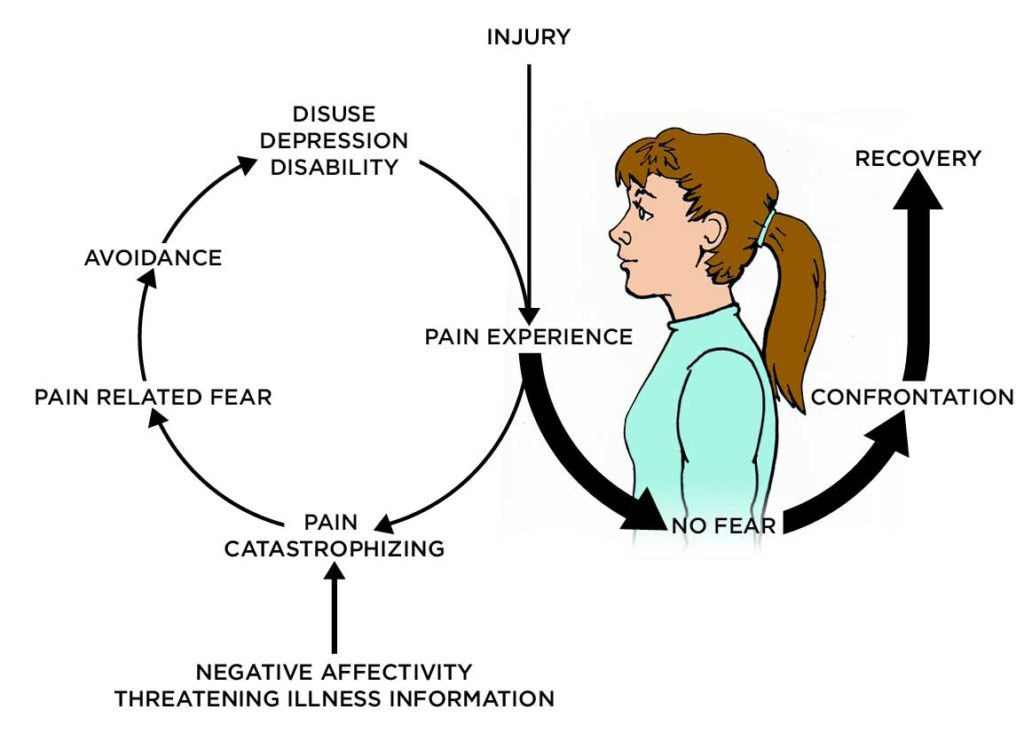pain education in middle schools
early education to prevent disability
In 2016 we set our sights on teaching school kids more about pain with the intent to impact generations when it comes to the pain epidemic. Pain is a normal human experience but living with persistent, life-altering pain is not. We will keep pushing the envelope in various realms of teaching kids about pain, including medium and long-term follow-up studies. This is early research which may ultimately influence the curriculum of health and/or science classes for students across the country, hopefully laying down a healthier foundation for how pain is perceived and treated as young people grow into adulthood. All our research projects are cleared via strict Internal Review Board (IRB) procedures to keep in line with research guidelines.
In the first study, 147 middle school students in Wisconsin received an in-person 30-minute lecture on the neuroscience of pain. The results showed that their knowledge of pain increased over 31%, which is in line with studies on healthcare providers! Furthermore, 5th grade students improved more than 6th, 7th and 8th graders, showing late-elementary/early middle school is not too early to start pain education. Apart from the increased knowledge of pain, the students also showed a significant positive shift in their beliefs about pain. In this study, nearly one in three kids were experiencing pain on a regular basis; one in five had experienced pain lasting more than 3 months in duration, and a staggering 92% had a close family member or friend living with persistent pain. In a second study, the same lecture was delivered in Kentucky with students showing a pain knowledge increase of 25% after a 30-minute lecture, as well as a significant positive shift in their fear of movement. In this study, half of the students were experiencing pain at the time of the study, while 82% had a close family member or friend with persistent pain.
the fear-avoidance model
Pain is a normal human experience, but what we do about it determines our recovery. In psychology and pain science literature, the fear-avoidance model is used to show how a normal pain experience can turn into a life of pain. Once a person experiences pain, they are instinctively faced with a decision. This “decision” of how they react to a painful experience is complex and multi-factorial and includes factors such as genetics, upbringing, previous experiences, knowledge, etc.

Path One: a life of pain
The unfortunate path people with persistent pain often take, or are driven to, is the fear-avoidance path. With exposure to medical information, numerous medical tests and treatments, they may catastrophize, or “see the cup as half empty” with little hope.3 Once hope is lost, fear sets in which in turn leads to avoidance. Avoidance of activity, movement and social contact. Avoidance in turn fuels depression, disability and disuse, which fuels…pain, thus a viscous cycle ensues.
Path Two: Confrontation
The best case scenario is when someone experiences pain, but after a short while, they recover and return to their regular activities. In this model, people confront their pain and through patience and persistence recover over time. A key element of this path is knowledge. Growing research is showing that patients who know more about pain and how pain works, are less afraid of it and do more activity “despite” the pain and can move on with their life. This is the essence of the “How Pain Works” material covered in our program.

join our cause
References
Vlaeyen JWS, Linton SJ. Fear-avoidance and its consequences in chronic musculoskeletal pain: a state of the art. Pain. 2000;85:317-322.
Kendall NAS, Linton SJ, Main CJ. Guide to assessing psychosocial yellow flags in acute low back pain: risk factors for long term disability and work loss. Wellington: Accident Rehabilitation & Compensation Insurance Corporation of New Zealand and the National Health Committee; 1997.
Louw A, Benz P, Podolak J, Zimney K, Wassinger CA. Pain Neuroscience Education for Middle School Kids and Fear of Physical Activity. 2017 - In Preparation.
Louw A, Podolak J, Zimney K, Schmidt S, Puentedura E. Can Pain
Beliefs Change in Middle School Students? A Study of the Effectiveness
of Pain Neuroscience Education. Physiotherapy Theory and Practice. 2017 -
Accepted for publication.
Louw A, Zimney K, Puentedura EJ, Diener I. The efficacy of pain neuroscience education on musculoskeletal pain: A systematic review of the literature. Physiotherapy Theory and Practice. Jul 2016;32(5):332-355.
Louw A, Diener I, Landers MR, Puentedura EJ. Preoperative pain neuroscience education for lumbar radiculopathy: a multicenter randomized controlled trial with 1-year follow-up. Spine. Aug 15 2014;39(18):1449-1457.
Louw A, Puentedura EJ, Zimney K, Schmidt S. Know Pain, Know Gain? A Perspective on Pain Neuroscience Education in Physical Therapy. The Journal of Orthopaedic and Sports Physical Therapy. Mar 2016;46(3):131-134.
